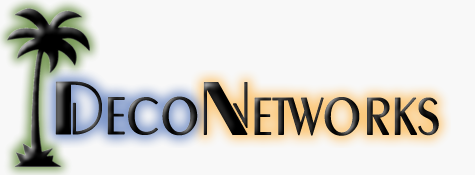Looking Ahead: Beyond the World of Microsoft – Part 1.
- A quick hands-on preview: The Microsoft Surface 3 Pro - June 19, 2014
- Hands-on Review: The Dell Venue 8 Pro - June 9, 2014
- Product Alert: Dell Laptop XPS 13 [Developer’s Edition] - April 7, 2014
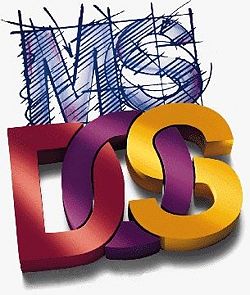 A quarter century; a long time by any measure. That’s about how long I have been playing and working with computers. I remember having one of the very first personal computers available in our home, brought to life by DOS. From that day moving forward, it seemed to be my personal quest to always push computers to the very max of their capabilities; never satisfied until I got every last bit of power and performance from the machine.
A quarter century; a long time by any measure. That’s about how long I have been playing and working with computers. I remember having one of the very first personal computers available in our home, brought to life by DOS. From that day moving forward, it seemed to be my personal quest to always push computers to the very max of their capabilities; never satisfied until I got every last bit of power and performance from the machine.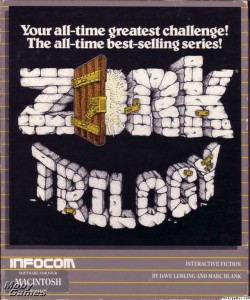
My imagination was fueled by text-based games like Zork Trilogy and I learned how to program in Basic. Summers were spent at various camps learning more about computers, designing little robots, or building model rockets. I would spend hours writing hundreds of lines of code just to make the Tandy TRS-80 display the most basic picture; all of which was carefully plotted out on paper before the first line of code was even written.
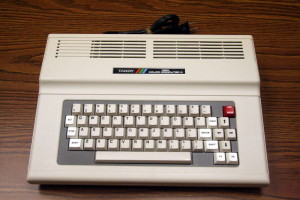
Each new year brought technological advancements and I have seen much come and go; the Commodore 64, IBM PS/2, Tape Drives (to be clear, data stored on audio tapes), Apple IIe, the GUI (graphical user interface), the 286 processor, the introduction of CD-ROMs, the Amiga computer, Prodigy Online, the Internet, the list seems to have no end. Computer games graduated from text-based to graphical in nature; Kings Quest, Gunship, Buck Rogers to name a few.  Today, every time I sit down on the computer, even as I write this blog, you can understand my amazement in reflecting on how far we have come in such a short period of time.
Today, every time I sit down on the computer, even as I write this blog, you can understand my amazement in reflecting on how far we have come in such a short period of time.
Besides taking a fun trip down memory lane, I share these recollections to illustrate that an entire ecosystem of computers and software were in existence before Microsoft came bursting on the scene in 1992 with Windows 3.1. I remember the excitement surrounding Windows those first few years; how it made our interactions with computers much easier and yet just as frustrating at the very same time. Every new release, along with the additional features and functionality it brought, was waited on with baited breadth; Windows for Workgroups, Windows 95, 98, 2000, XP, Windows 7, and most recently Windows 8. To note; a few tech-savvy individuals might have just noticed that two versions of the operating system were left off that list, ME (Millennium) and Vista; both iterations that even Microsoft would like to forget.
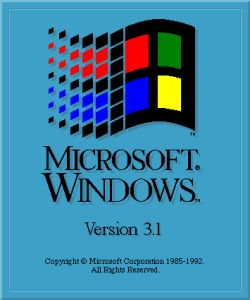
Skip ahead a few decades, the luster and shine once prevalent has definitely faded with age; all while Microsoft desperately tries to reinvent itself, making up lost ground in the tech race dominated by “the Cloud”. The simple truth is that the basic engine and design that powered Windows hasn’t changed much over the years — just the paint job, accessories, and trim. Even Windows 8, while sporting new features, is based on a highly modified version of the original NT Kernel launched twenty years ago.
In a market dominated by Microsoft for so long, what has changed?
The Internet has been the great equalizer. In large part thanks to the dramatic shift to Cloud-based Services and adoption of smart phones and tablets. The reliance on any particular piece of hardware or software has become almost a moot point; the playing field has been leveled. The type of vehicle that can transport a user to and throughout the Internet is not as important as the speed and reliability of access to and from. Mobile computing platforms dominate the marketplace and 95% or more of them use a non-Microsoft operating systems such as IOS (Apple) or Android (Google). With the ease to which these devices allow end-users to interact with information and entertainment, most are likely never to even pause to consider that they have learned how to use a completely new type of software platform. They are designed to be just that simple.
Traditional Computers, Desktops & Laptops, have OS options as well.
This is where I will start to wrap things up. A discussion highlighting the pro’s and con’s of the various operating systems available on today’s market is worthy of its own blog entry. I bring this point to light though, as I have completely moved away from the Microsoft software environment. A few years ago, I switched to using an Apple Macbook Pro powered by OSx, and most recently, built a new custom-desktop powered by LinuxMint; a free open-sourced OS based on Linux.
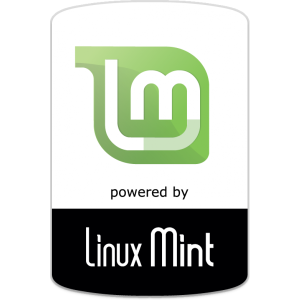 So, here I sit this evening wrapping up a few final edits on this article, all while listening to CD-quality streaming music off the internet (some classic Leonard Cohen to be exact), checking e-mails, messaging with friends, surfing the web, all on a computer NOT running Microsoft Windows or even Apple’s OSx. It is here where I find the inspiration to write the next few articles, taking a more detailed look at the world of Linux and Google’s new Chrome OS, as well as exploring the larger topic of open-sourced software.
So, here I sit this evening wrapping up a few final edits on this article, all while listening to CD-quality streaming music off the internet (some classic Leonard Cohen to be exact), checking e-mails, messaging with friends, surfing the web, all on a computer NOT running Microsoft Windows or even Apple’s OSx. It is here where I find the inspiration to write the next few articles, taking a more detailed look at the world of Linux and Google’s new Chrome OS, as well as exploring the larger topic of open-sourced software.
